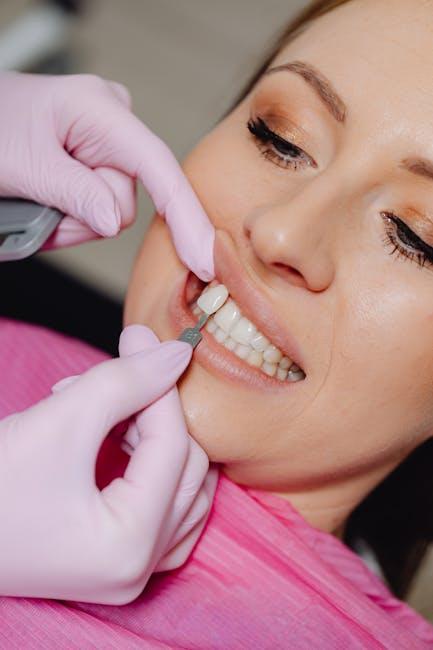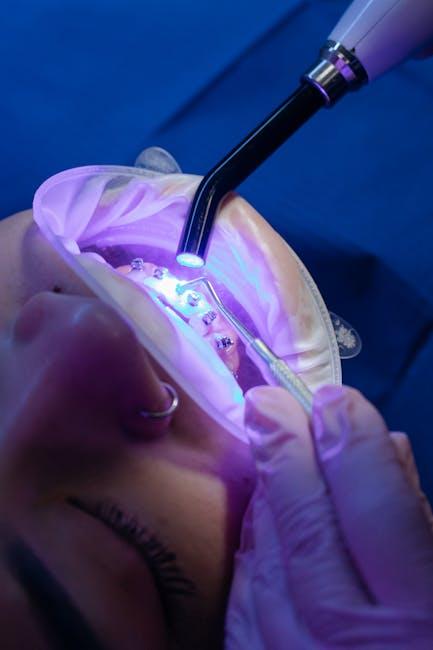
Cosmetic Dentistry Market Size, Share & Growth Report, 2030 – Allied Market Research
The cosmetic dentistry market is experiencing robust growth globally, driven by rising demand for aesthetic dental procedures, increasing awareness regarding oral hygiene, and advances in dental technology. According to the latest report by Allied Market Research, the Cosmetic Dentistry Market Size is poised to witness significant expansion with a remarkable CAGR leading up to 2030.
Introduction to Cosmetic Dentistry Market
Cosmetic dentistry includes dental treatments that improve the appearance of teeth, gums, and the overall smile. These procedures range from simple teeth whitening to complex dental veneers and implants. As more people seek to enhance their smile and boost confidence, the cosmetic dentistry industry has become a vital segment within the broader dental care market.
Market Overview by Allied Market Research
According to Allied Market Research, the global cosmetic dentistry market was valued at approximately $25 billion in 2022 and is expected to grow at a CAGR of 6.8% from 2023 to 2030. This growth is propelled by factors such as technological advancements, favorable reimbursement policies, and increasing disposable income especially in emerging economies.
| Market Parameter | Details |
|---|---|
| Market Size (2022) | $25 Billion |
| Projected Market Size (2030) | $45.7 Billion |
| Compound Annual Growth Rate (CAGR) | 6.8% |
| Key Market Driver | Technological innovation in dental procedures |
| Main Restraint | High cost of cosmetic dental treatments |
Key Segments Driving Market Growth
1. Product Types
- Dental Implants: Significant adoption due to durability and natural appearance.
- Teeth Whitening: One of the most popular and affordable treatments worldwide.
- Dental Veneers: Increasing demand for non-invasive aesthetic improvement.
- Others: Includes orthodontics, bonding, and gum reshaping.
2. End-user Segments
- Dental Clinics & Hospitals: Largest service providers leveraging advanced equipment.
- Dental Laboratories: Play a crucial role in custom prosthetic creations.
- Cosmetic Dental Offices: Specialized centers focusing exclusively on aesthetic procedures.
Market Drivers and Emerging Trends
The growth of cosmetic dentistry is propelled by several influential factors, including:
- Rising Aesthetic Awareness: Increasing focus on personal grooming and appearance among millennials and Gen Z.
- Advancements in Technology: Introduction of cutting-edge tools such as CAD/CAM systems and laser dentistry.
- Social Media Influence: Growth in social media platforms with image-focused content encouraging smile enhancement.
- Growing Geriatric Population: Increasing demand for dental implants and restorative procedures among older adults.
- Innovative Materials: Use of biocompatible composites and ceramics enhancing longevity and aesthetics.
Practical Benefits of Cosmetic Dentistry
Beyond just improving smiles, cosmetic dental treatments contribute multiple benefits including:
- Boost in Self-confidence: An improved smile can elevate personal and professional confidence.
- Improved Oral Health: Procedures often correct dental issues which prevent further oral problems.
- Long-lasting Results: Many cosmetic procedures provide results lasting several years with proper care.
Tips for Choosing the Right Cosmetic Dentistry Procedure
Considering cosmetic dental treatments? Keep these tips in mind to maximize outcomes:
- Consult with a Qualified Dentist: Seek professionals with experience in cosmetic dentistry.
- Evaluate Procedure Benefits & Costs: Understand treatment duration, recovery time, and financial investment.
- Review Before & After Photos: Helps set realistic expectations for results.
- Check Patient Reviews: Experience shared by other patients is invaluable.
Case Study: Transforming Smiles with Dental Veneers
One standout procedure driving cosmetic dentistry growth is dental veneers. In a recent case study summarized by Allied Market Research:
- Patient Profile: Female, 35 years old, with stained and chipped teeth.
- Procedure: Porcelain veneers applied to 8 upper front teeth.
- Outcome: Enhanced tooth appearance with natural translucency, improved bite alignment, and heightened self-esteem.
- Recovery Time: Minimal with immediate cosmetic results.
This case highlights the increasing adoption of veneers as a minimally invasive cosmetic solution.
Regional Insights and Growth Opportunities
The cosmetic dentistry market is unevenly distributed across global regions with significant growth opportunities:
| Region | Market Share (2022) | Growth Potential |
|---|---|---|
| North America | 35% | High – due to advanced infrastructure & insurance coverage |
| Europe | 30% | Steady – increasing awareness & dental tourism |
| Asia-Pacific | 20% | Highest – rising disposable income & improving healthcare |
| Latin America | 10% | Moderate – expanding dental networks |
| Middle East & Africa | 5% | Emerging – early-stage market development |
Future Outlook: Cosmetic Dentistry Market by 2030
The outlook for the cosmetic dentistry market remains optimistic with innovation at its core. Some anticipated trends include:
- Integration of AI & Digital Smile Design: Enhanced precision and customized treatment plans.
- Growth of Minimally Invasive Techniques: Increased patient comfort and reduced recovery time.
- Expansion of At-home Dentistry Kits: DIY teeth whitening and maintenance growing in popularity.
- Expansion in Developing Economies: Untapped patient pools in Asia-Pacific and Latin America.
Conclusion
The Cosmetic Dentistry Market is set to surge with a growing global emphasis on aesthetics and oral health. Allied Market Research’s comprehensive report underscores the expanding market dynamics, driven by innovative products, demographic shifts, and technological advancements. Whether you are a dental professional, investor, or a consumer considering cosmetic dental procedures, understanding market trends and growth drivers can help make informed decisions. As we approach 2030, the cosmetic dentistry industry is poised to brighten millions of smiles worldwide, fueled by continuous research, development, and enhanced patient experiences.


